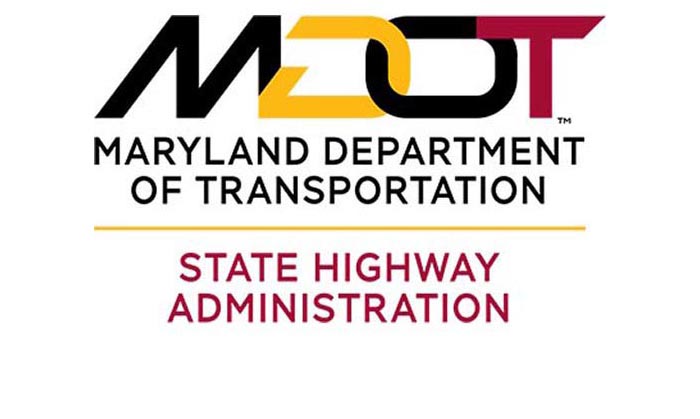
MDOT SHA Logo
New Law Permits Use of Speed Cameras in Specific Areas to Encourage Drivers to Slow Down
ANNAPOLIS (May 19, 2009) – With safety advocates by his side, Governor Martin O’Malley today signed into law Senate Bill 277 permitting the use of speed cameras in highway work zones and within a one half mile radius of Maryland schools. The new legislation makes significant strides toward improving safety for roadway workers, school children and motorists in general.
“The overriding goal of the speed camera program in construction work and school zones is not to catch speeders, it is to get drivers to slow down,” said Governor Martin O’Malley. “We’ve seen the heartache that results when people break the law and drive recklessly without regard for themselves, innocent school children or dedicated highway workers. Speed cameras in work zones and near schools will encourage drivers to do what they should already be doing: driving responsibly, staying alert and traveling the posted speed limit.”
In 2007, a negligent driver killed Maryland State Highway Administration (SHA) employee Rick Moser, while he cleared debris from an interchange ramp in Frederick County. His widow, Laurie Moser, and their children 22-year-old Rachael and 12-year-old Carl, have been strong advocates for safer work zones through education and awareness.
“Our efforts are not only about trying to make sense of Rick’s death, but also about preventing another family from experiencing our tragedy, and this is what the speed camera bill will help do,” said Laurie Moser. “How can one argue against safer roads, particularly for those who make the roadway their ‘offices’ each day?” As a school teacher, Mrs. Moser also supports speed cameras in school zones.
The new law, scheduled to take effect October 1, authorizes speed camera programs in school zones and highway construction work zones. In school zones, speed cameras can only be placed within a one-half mile radius around a school and may only be operational from Monday through Friday between the hours of 6 a.m. and 8 p.m.
In work zones, speed cameras may be placed along expressways and controlled access roadways with a speed limit of at least 45 mph. SHA is forming a team to work with law enforcement on details regarding implementation of the program. SHA plans to install highly visible signage advising motorists of speed cameras in order to slow people down before they enter work zones. It should be noted that national statistics show that in four out of five work zone related crashes it is the motorist or their passengers that are injured or killed.
Other provisions of the legislation permitting the limited use of speed cameras include:
• Speed cameras cannot be used on major bridges and tunnels;
• A citation may only be issued if driver is going at least 12 mph faster than the speed limit;
• Conspicuous signs must be posted to give drivers adequate notice;
• Upon implementation of the program, a 30-day warning period is required before any tickets are given;
• Fines cannot exceed $40.00. The District Court will set the specific amount;
• Localities can only keep an amount of net revenue not greater than 10 percent of their operating budget. The rest must be turned over to the Comptroller;
• For three years, net revenues collected from fines generated by speed cameras in work zones will go to an account for state police roadside enforcement activities.
“Ideally, every motorist will slow down and stay alert in work zones, limiting the number of speeding violations issued through the camera system,” said State Highway Administrator Neil J. Pedersen, who also serves as the Governor’s Highway Safety Representative. “If we issue no citations but drivers slow down and prevent tragic crashes, then the program will be a success.”
# # #